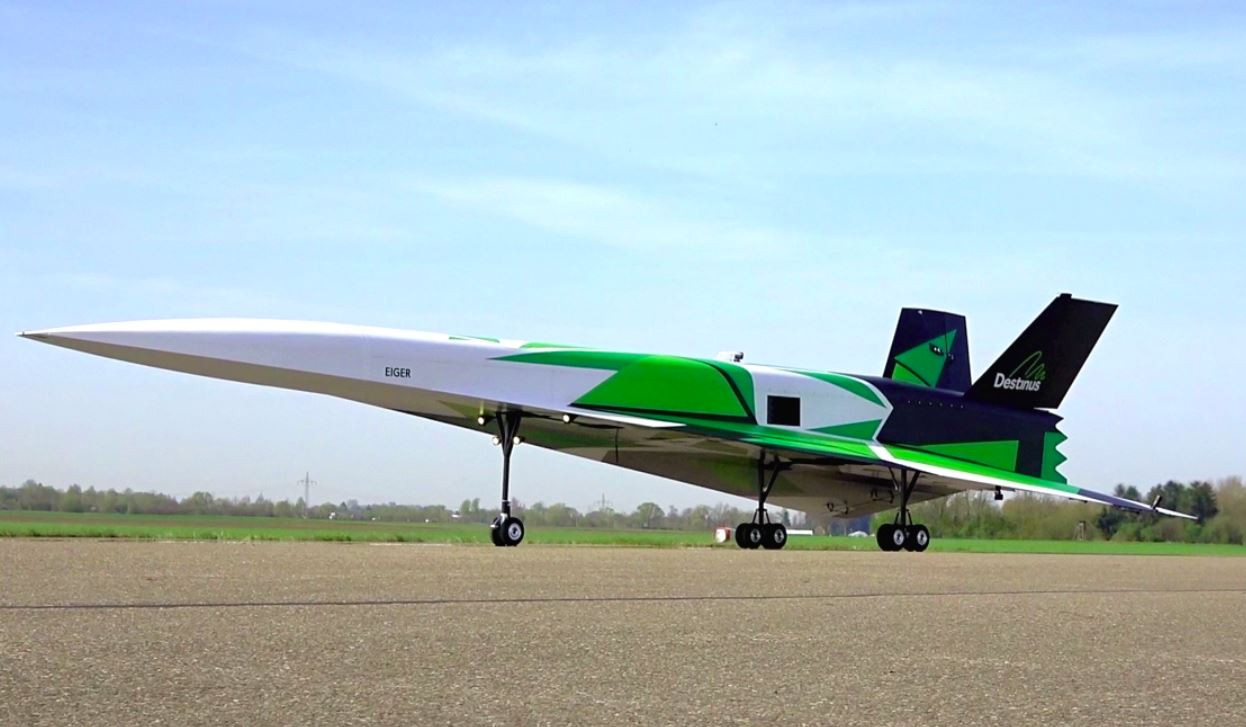It currently takes about 20 hours to fly from Europe to the other end of the Earth, to Australia, on a regular passenger jet. However, Swiss startup Destinus plans to increase the jet travel to hypersonic speeds, reducing that time to just four hours, TNW reports.
Founded by Russian-born physicist and serial entrepreneur Mikhail Kokorich, Destinus is developing a hydrogen-powered airplane prototype capable of traveling Mach 5 and above. Mach 5 is over 6000 km/h, five times the speed of sound. This speed can take you from Frankfurt to Sydney in just over four hours and from London to New York in 90 minutes.
To achieve these speeds, the aircraft will travel at altitudes above 50 km, at the upper limits of the Earth’s atmosphere, where friction is significantly lower. The hypersonic aircraft will use hydrogen-fueled turbojet engines for takeoff and landing, while a separate ramjet rocket engine will be used to achieve hypersonic speeds. The startup claims that this jet, which is basically half rocket, half plane, will be net zero carbon, emitting only heat and water vapor.
Kokorich predicts that Destinus’ first aircraft, capable of carrying 25 passengers up to 7,500 km, will be ready by the end of this decade. Later aircraft will gradually grow to have a seating capacity of up to 100 passengers and more.
Destinus has been testing its prototype aircraft for the past few years and announced successful test flights of its second prototype, the Eiger, last year at an airport near Munich.
 Eiger prototype
Eiger prototypereceived a grant of 27 million euros
In addition, the company has recently received two grants worth 27 million euros from the Spanish Ministry of Science. The initial 12 million euro grant will help fund the development of a hydrogen engine test facility near Madrid, which will house the initiative’s prototype aircraft. The second grant of 15 million euros will fund research into liquid hydrogen-powered propulsion systems.
“We are delighted to receive these grants, especially as it is a clear sign that Destinus is aligned with the strategic lines of Spain and Europe to advance hydrogen flight,” said Davide Bonetti, Destinus Vice President of Business Development and Products.
However, it is worth noting that hydrogen-powered aircraft are in the very early stages for now and have struggled with problems from the start. Liquid hydrogen is four times lighter than jet fuel, meaning it requires four times the on-board storage capacity and correspondingly sized fuel tanks.
It is also currently 20 times more expensive than jet fuel and is unlikely to become price competitive in the next decade. Additionally, international airports will need to build hydrogen infrastructure from the ground up to accommodate the new planes. Without guaranteed returns, it can be predicted that these investments are unlikely to be made.
Things get even more complicated when you accelerate these planes to hypersonic speeds. Commercially viable hypersonic travel is still a long way off, although hypersonic speeds have been reached before, with examples such as the test flight of NASA’s X-43 experimental unmanned hypersonic aircraft, which achieved a mind-blowing Mach 9.6 in 2004. In particular, there are many details that physicists need to solve, such as how to build an airplane that can withstand extreme heat.